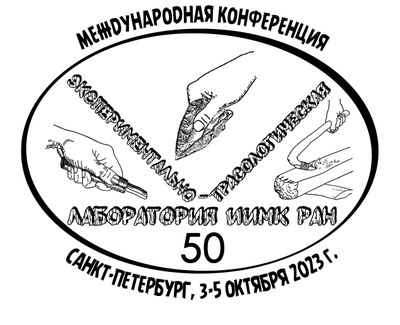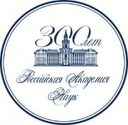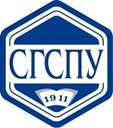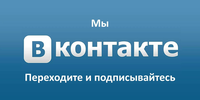Traceology in St. Petersburg. The 50th anniversary of the founding of the S.A. Semenov Laboratory

Dear colleagues!
Institute for the History of Material Culture of the Russian Academy of Sciences (IHMC RAS),
together with The State Hermitage Museum
and the Samara State Socio-Pedagogical Institute
are honored to invite you to the International Conference
“Traceology in St. Petersburg. The 50th anniversary of the founding of the S.A. Semenov Laboratory”, which will be held on October 3–5, 2023.
The experimental traceological method developed by Sergey Semenov within the walls of the IHMC RAS (at that time the Leningrad branch of the Institute of Archeology) is widely used and recognized throughout the world. The Conference is supposed to summarize the research results in this area and discuss the achievements and problems of both methodology and interpretation of the knowledge gained.
The Conference will focus on the following topics:
1. Modern approaches to traceology and their scientific potential.
Over the past decades, new, technically more advanced, observation tools and procedures for the analysis of use-wear traces have appeared. What fundamentally new information has become available thanks to these techniques, and how has it influenced the results of functional and technological research?
2. The role of traceology in functional and technological studies of archaeological materials.
This topic is primarily intended for archaeologists who use the results of use-wear analysis. How important and necessary is information about functions obtained by the traceological method for the interpretation of archaeological complexes. At what level does this information change our knowledge about the prehistory (tool life, human behavior, technology, tradition, subsistence strategies, etc.). What tasks does it solve?
3. Experimental and archaeological tools, comparability of wear traces and criteria of identification.
Due to natural and anthropogenic reasons, the coincidence degree of traces on experimental tools and archaeological artefacts is sometimes very relative and raises questions about the validity of their identification in traceological practice. This problem is being avoided by many researchers today. What are the evidence criteria? Let's talk about it!
4. Ancient technologies and their evolution. Reconstructing activities and subsistence in fisher-gatherer settlements.
Ancient technologies are endlessly varied. Reconstruction of activities and economy, the most traditional and widespread direction of use-wear studies, has its limitations. For example, revealing tools for fish treatment or processing non-timber plants in pre-agricultural societies is hampered by the obvious ways of working without tools and non-obvious microtraces complexes for a number of operations.
5. Form and function of tools made of stone and organic materials. Purpose and use.
The history of the mutual influence of form and function opens the way to a discussion of questions of prehistoric cultures and traditions against technological necessity and even casual use.
6. The ratio of technological traces and traces of use. Reconstruction of the toolkits and working gestures according to the technological characteristics of finished items.
Work and results. Archaeological sites with good preservation of organic materials provide a unique opportunity for internal verification of functional interpretations, as well as comprehensive information about technical motions and processing techniques for specific items.
7. Processing techniques and uses of osseous materials as cultural and chronological markers.
8. Approaches to the reconstruction of composite tools and weapons.
9. Traceology and technology of prehistoric art. From rock carvings to personal adornments.
10. Tools for making ceramics, technological and use-wear traces.
11. Morphological vs traceological features in the use-wear analysis. Functional concepts in the classification of archaeological artefacts.
This is a problem of the traceological analysis process. How the shape (and other morphological features) of an item affects the path of traceological observation, analysis of use-wear traces and general functional interpretation of tools. What is the role of generalized ideas about the function of artefacts in modern classifications and typologies, how appropriate and justified is their use?
Conference dates: October 3–5, 2023.
Venue: Institute for the History of Material Culture of the Russian Academy of Sciences, Dvortsovaya naberezhnaya 18, St. Petersburg
Zoom or You-Tube broadcast will be organized for out-of-town and foreign participants.
Conference languages: Russian, English.
Please submit your participation applications before March 1, 2023 via traceolab50@gmail.com
Presentation titles should be accompanied by a short abstract of 150–200 words.
Travel and accommodation expenses will be borne by of Conference participants.
Conference Secretary: Anna Malyutina, IHMC RAS
Sincerely yours,
Conference Organizing Committee












